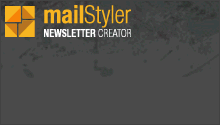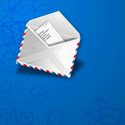Spam Learns a New Language
According to the latest MessageLabs Intelligence Report on spam from Symantec “Spam has reached its highest level in years”. In particular spam levels are at their worst in France, Germany and the Netherlands, where they have reached 95 percent.
MessageLabs researchers claim that percentages are so high because spammers are using automated translation services and templates to enable multiple language spam runs.
“Globally, the majority of spam is in English, and in July around 5%, or 1 in every 20 spam messages, was in non-English language”.
Just three years ago, non-English spam represented 1 or 2 percent of the total spam. Now, the latest reports that local language spam now accounts for 46 percent of spam in Germany, 53 percent in France, 25 percent in The Netherlands, 62.3 percent in Japan and 54.7 percent in China. Seemingly, spammers are now using templates to engineer this translation ‘on-the-fly,’” the report stated. “As the spam messages are being composed, they are able to change company names, domain names and other references as part of the automation process. The language for translation is suspected to be chosen based on the top-level country domain from the email address of the recipient; for example, an address ending in .fr may be translated into French, and .de into German.”
It has been said that URL shortening services are contributing to this huge increase in spam. “These services have recently been abused by spammers who operate on many of the social network and micro-blogging services, often by registering fake profiles and posting comments that link to these redirection domains”.
A growing number of these services have been made all the more valuable by the popularity of Twitter and its 140 character limits. Because the services, like TinyURL.com or Bit.ly, work through redirects from links to their own site, the user can’t see the destination address. That’s why URL shortening is also becoming a dangerous breeding ground for malicious activity.
The entire MessageLabs report can be viewed here (PDF format).


